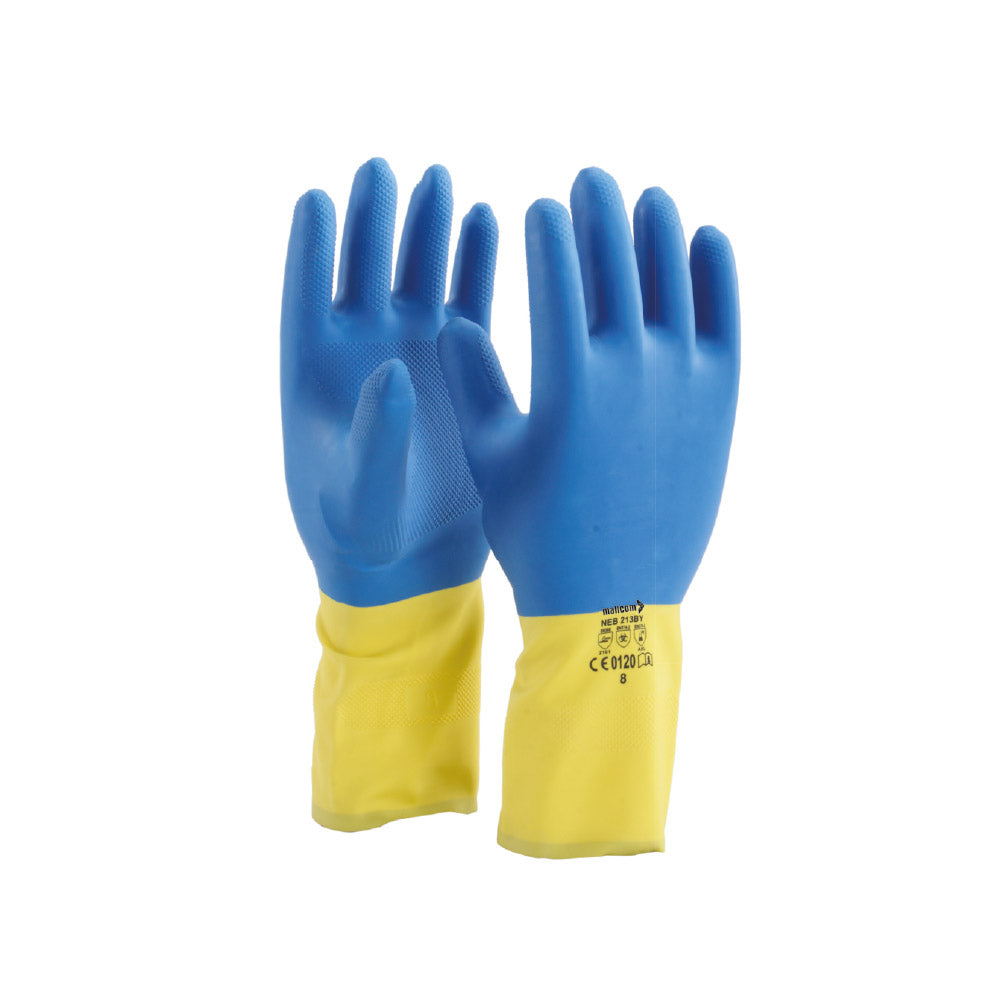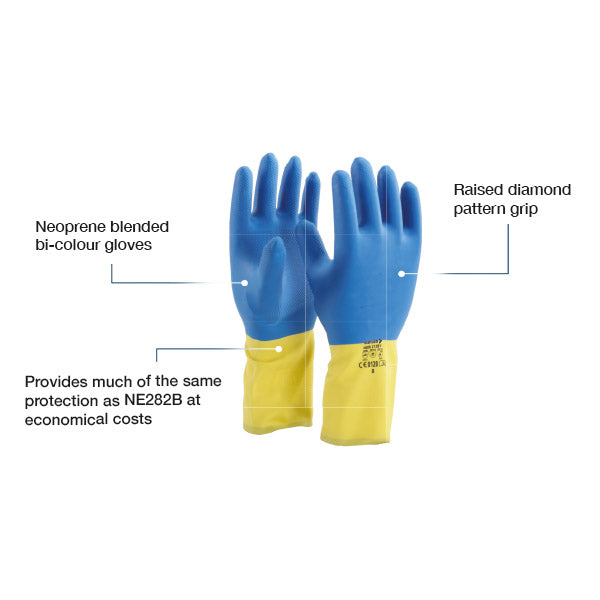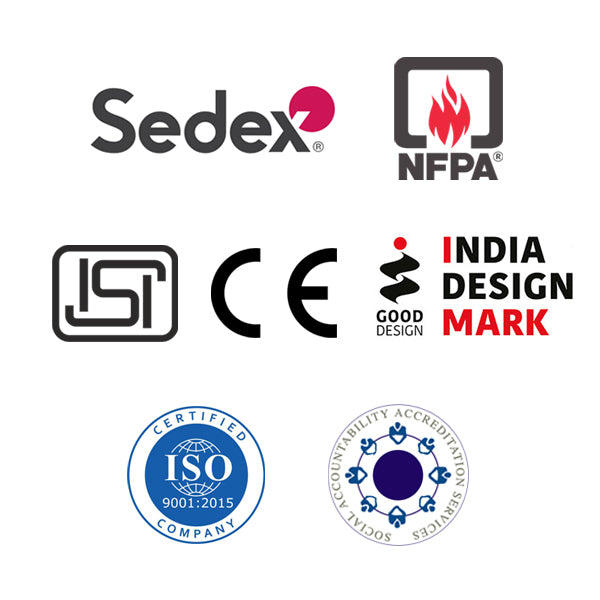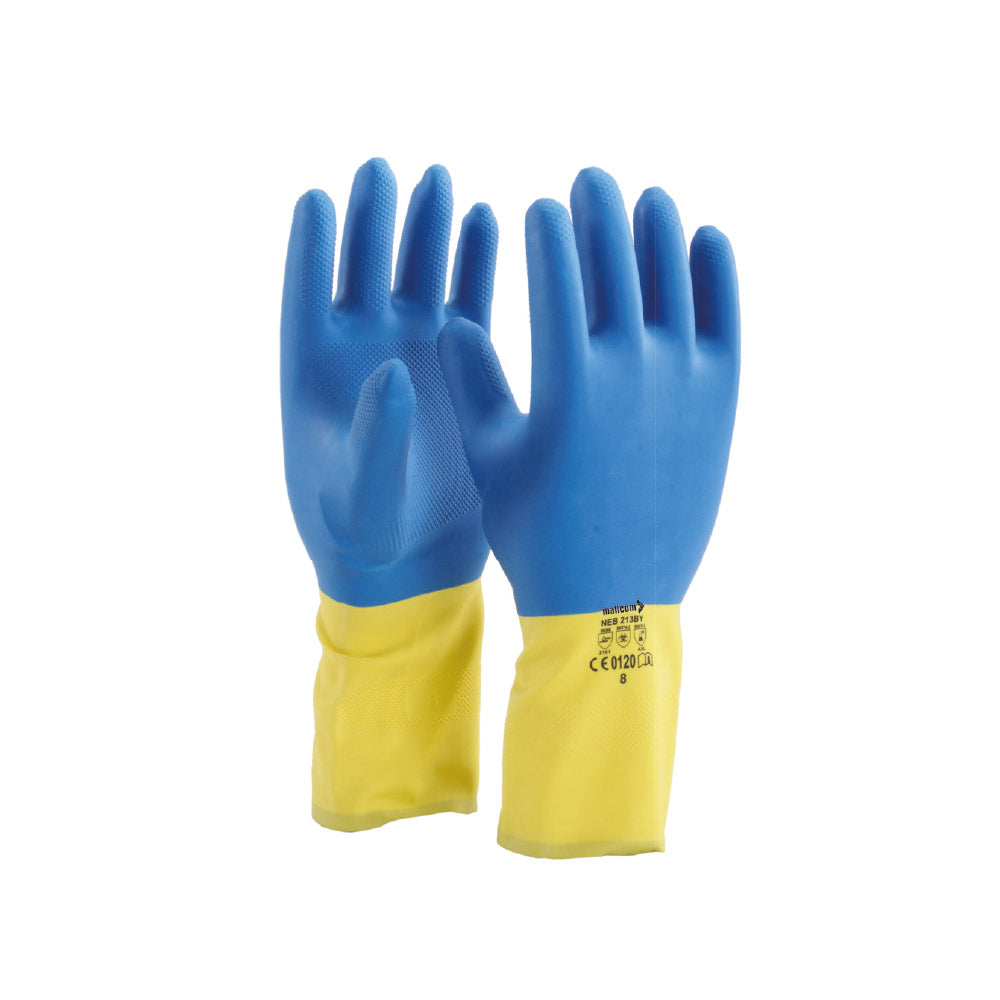NEB213BY
Share
Neoprene Blended Bi Color Gloves
- Neoprene blended bi-colour gloves.
- Provides much of the same protection as NE282B at economical costs.
- Raised diamond pattern grip Thickness 21 mil
Delivery & Services

Easy Return
with our 15 days return poicy
Regular price
Rs. 0
Sale price
Rs. 0
Regular price
Tax included.
Shipping calculated at checkout.

ABOUT THE DESIGN

USEFUL IN THESE INDUSTRIES
Pharmaceutical
Chemical & Pain
Biotechnology
Hospitality & Housekeeping
Material Handling
Oil, gas & Petroleum

Product Features
ABOUT THE DESIGN

USEFUL IN THESE INDUSTRIES
Pharmaceutical
Chemical & Pain
Biotechnology
Hospitality & Housekeeping
Material Handling
Oil, gas & Petroleum
Product Details
























